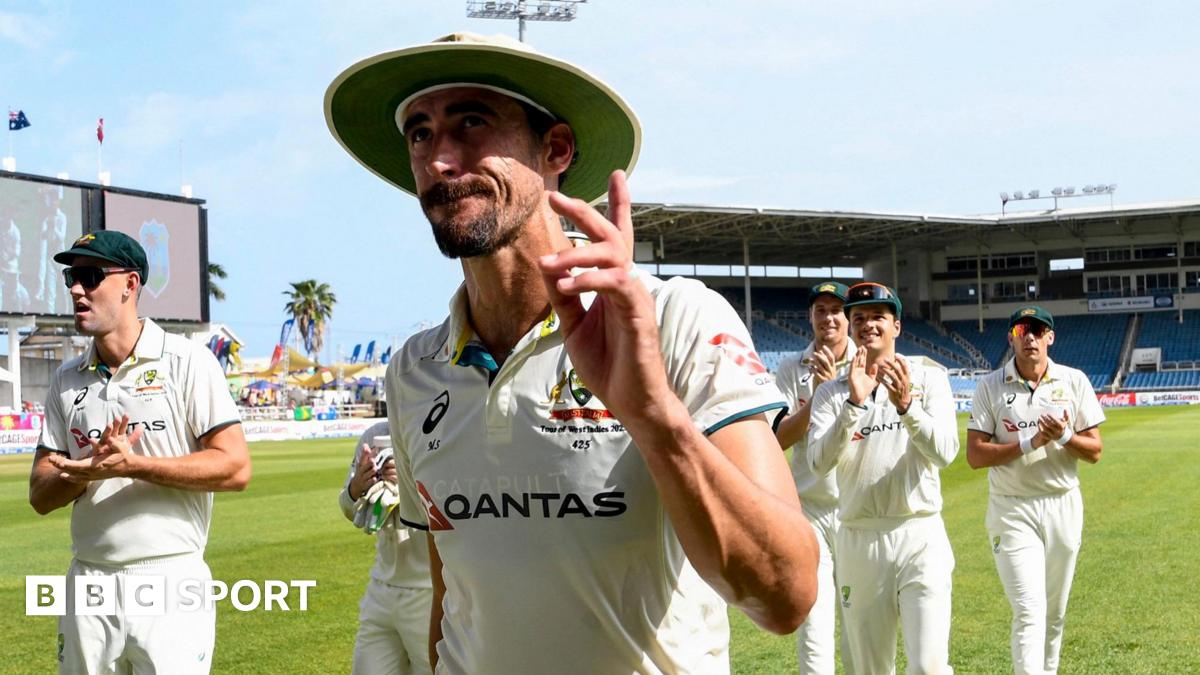It's one of the most iconic glass buildings in London.
Now, experts have confirmed that Kew Gardens' Palm House is getting a £50 million climate-friendly makeover.
The Grade I listed Palm House, a 362ft long structure at Kew Gardens, is the world's oldest surviving Victorian glasshouse, dating back to 1848.
Last renovated in the 1980s, the stunning Victorian structure, which takes the shape of an upside down boat, houses palms and other tropical plants.
But it is 'showing serious signs of deterioration' and easily leaks heat, which increases energy consumption and contributes to the climate crisis.
The £50 million renovation will replace an antiquated Victorian heating system, fit new glass panes, repaint the white iron frames and redesign the interior for visitors.
Palm House's hard-to-find exotic species – numbering more than 1,000 – are threatened if the building is not better designed to retain heat and humidity.
'At the heart of this project is the need to protect the extraordinary plant collections,' said Tom Pickering, head of glasshouse collections for Royal Botanic Gardens at Kew.
Palm House at Kew Gardens is the world's oldest surviving Victorian glasshouse, but it is 'showing serious signs of deterioration'
An 'efficient' air and water source heat pump system will be installed underground, which will more than halve energy consumption
'Besides being beautiful, many have cultural, scientific and conservation value, and replacing these collections is unimaginable.'
On Wednesday, Kew submitted a planning application to the London Borough of Richmond upon Thames to undertake the 'landmark' renovation, as well as the nearby Waterlily House.
The start date of the renovation will depend on planning permission, but it will begin in 2027 and take at least four years, subject to funding.
For now, Palm House and the surrounding space is still open to the public.
It was back in 1844 that work began on Palm House, designed by Decimus Burton and constructed like the upturned hull of a boat by Irish boatbuilder Richard Turner.
By 1848 it was completed and it remains the heart of Kew Gardens, but today it is 'showing serious signs of deterioration' and is 'not energy efficient'.
As part of the renovation, the structure's aged Victorian gas-fired boilers are to be replaced with fully electrified heat pumps to halve energy consumption.
This more sustainable solution reduces the carbon footprint of the glasshouse whilst regulating internal temperatures to 64°F-71°F (18°C-22°C).
This 19th century engraving depicts Palm House, a greenhouse that is specialised for the growing of palms and other tropical and subtropical plants
Experts consider it to be the most important surviving Victorian iron and glass construction in the world, but it shows obvious signs of wear and tear
The rapidly-peeling wrought-iron frames that make up the skeleton of the structure will be stripped and repainted.
The Palm House is home to world's oldest potted plant. Palm House's hard-to-find exotic species are threatened if the building is not better designed to retain heat and humidity.
Upgrades to Palm House
- New glass panes with high-performance sealed glazing
- Bespoke silicone gaskets (flexible sealing components) to reduce heat loss
- Fully electrified air and water source heat pump system
- Maximised rainwater storage and irrigation system upgrade
- Sensitive conservation of original materials and finishes
- Restoration of the original ornamental garden layout
- Improved access to make the space 'fully inclusive'
Each one of the 16,000 glass panes will be recycled and replaced with new ones, lined with modern sealants to better retain heat and humidity.
Currently, much of the heat generated by the boilers is lost through the glass, which results in wasted energy – much like an open window above a radiator.
Kew Gardens is hoping to be 'net zero', which means it will be reducing consumption of energy generated by fossil fuels – linked to the ongoing climate crisis.
Meanwhile, the rapidly-peeling wrought-iron frames that make up the skeleton of the structure will be stripped and repainted in their iconic white.
An updated Palm House will also have rainwater storage mechanisms and fabric fittings to increase thermal insulation, while remaining 'sensitive' to the original materials and finishes done by the Victorians.
When it reopens, visitors will benefit from a 'circular welcome space' for groups to gather, refurbished steps and doors and new handrails to improve accessibility – making the space 'fully inclusive'.
During the renovation, the vast greenhouse will have to be empty, so more than 1,000 plant species will have relocated and stored in similarly heated conditions.
According to Kew Gardens, Palm House contains tropical plants that originate from some of the most threatened environments in the world.
1896 photo of Palm House. The ambitious renovation aims to transform the building into the first net zero heritage building of its kind
The ambitious project is not expected to start until 2027, and will last four to five years, experts at Kew estimate
The relocation and propagation of plant specimens by Kew’s expert horticulturists has already begun, safeguarding plants from 'some of the most threatened environments in the world'
Among its treasures are the oldest pot plant in the world (Encephalartos altensteinii) which arrived at Kew in 1775 and is native to South Africa, and the disease-fighting Madagascar periwinkle, valued for medicinal properties.
There's also the Madagascan palm, also known as suicide palm, which lives for about 50 years, flowers once, and dies soon after.
The relocation and propagation (new plants grown from seeds and cuttings) of the specimens by Kew’s expert horticulturists has already begun.
But Kew Gardens stressed that it is still seeking funding for this ambitious project – and is taking donations from the public through its website.
Without 'urgent' funding, Palm House and Waterlily House, and the vital tropical plant species in them, are 'at risk of being lost forever', it says.
Richard Deverell, director of Royal Botanic Gardens at Kew, called it a 'pivotal moment' in the history of the gardens, which were founded in 1759.
'With sustainability at the core of our mission, this project exemplifies our commitment to safeguarding both the environment and cultural heritage,' he said.
'The transformation of the Palm House and Waterlily House into net zero icons will not only protect irreplaceable plants but serve as a beacon of what sustainable heritage can achieve.'
Built by architect Decimus Burton and iron-maker Richard Turner between 1844 and 1848, The Palm House was the first large scale structural use of wrought iron
Among the building's treasures are the oldest pot plant in the world (Encephalartos altensteinii, pictured) which arrived at Kew in 1775 and is native to South Africa
Palm House reflects a Victorian love of glass buildings, which maximised light but were incredibly expensive to build, making them a status symbol of wealth.
The 1,851ft-long Crystal Palace, completed three years after Palm House, boasted the greatest area of glass ever seen in a building.
Designed by renowned English architect Sir Joseph Paxton, the Crystal Palace was built in Hyde Park at a cost of £80,000 (nearly £10 million in today's money).
It hosted the Great Exhibition of 1851 – a vast event showcasing sculptures, machinery, diamonds, telescopes and much more from around the world.
Afterwards, Crystal Palace was relocated to Penge Common, near Sydenham Hill in south London, where it remained until sadly destroyed by fire in November 1936.
A potted history of Kew Gardens
- 1759: Princess Augusta, mother of King George III, founds a nine-acre botanic garden within the pleasure grounds at Kew.
- 1762: William Chambers builds the Great Pagoda, a tall, oriental-style structure at Kew.
- 1768: Joseph Banks sends seeds to Kew whilst on Captain Cook's voyage to South Seas, and becomes Kew's first unofficial director on his return.
- 1772: Francis Masson, Kew's first plant collector, goes to South Africa and returns with thousands of plants.
- 1773: Capability Brown creates the Hollow Walk, now the Rhododendron Dell.
- 1788: HMS Bounty goes to Tahiti with two Kew gardeners and collects 1,000 breadfruit plants. En route to Jamaica, the crew mutinies.
- 1802: King George III unites the Richmond and Kew estates.
- 1840: Kew transferred from the Crown to the government. Sir William Hooker is appointed director. The Gardens are opened to the public.
- 1841: Joseph Hooker brings plants from Falklands to Kew in glazed Wardian cases, a new way to keep plants alive on voyages.
- 1848: The Palm House -a grand glass structure housing palms and tropical plants - is completed.
- 1852: The Herbarium is built. Today, after five extensions, it holds over seven million specimens.
- 1863: The Temperate House - a showhouse for Kew's largest plants - opens.
- 1876: Jodrell Laboratory is built. Work begins on plant pathology, and later on cells that produce latex.
- 1889: Titan arum (corpse flower) blooms at Kew, the first time outside its native Sumatra. 1896: Women are first employed as gardeners at Kew.
- 1899: Temperate House is completed.
- 1911: Japanese Gateway 'Chokushi-Mon' is presented to Kew.
- 1913: Suffragettes attack glasshouse and burn down Kew's tea pavilion. Two are jailed.
- 1939: Dig for Victory! Vegetables and medicinal plants are grown at Kew to support the war effort.
- 1952: Crick and Watson discover structure of DNA; a breakthrough that underpins Kew's current scientific research on genetic diversity of plants.
- 1965: Seed research begins in Kew's Plant Physiology department.
- 1987: Princess of Wales conservatory is opened.
- 1997: Wellcome Trust donation enables construction of the Millennium Seed Bank.
- 2003: Kew Gardens is officially inscribed as a UNESCO World Heritage Site. Davies House opens.
- 2009: The Queen and Prince Phillip visit to celebrate Kew's 250th anniversary. The Herbarium and Library are extended to accommodate 30,000 items added each year.
- 2018: After five years of restoration, the Temperate House is re-opened. The Great Pagoda is re-opened with 80 newly-restored dragons
Source: Kew.org
 (1).png)
 23 hours ago
2
23 hours ago
2

















